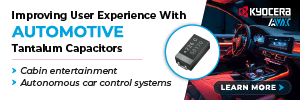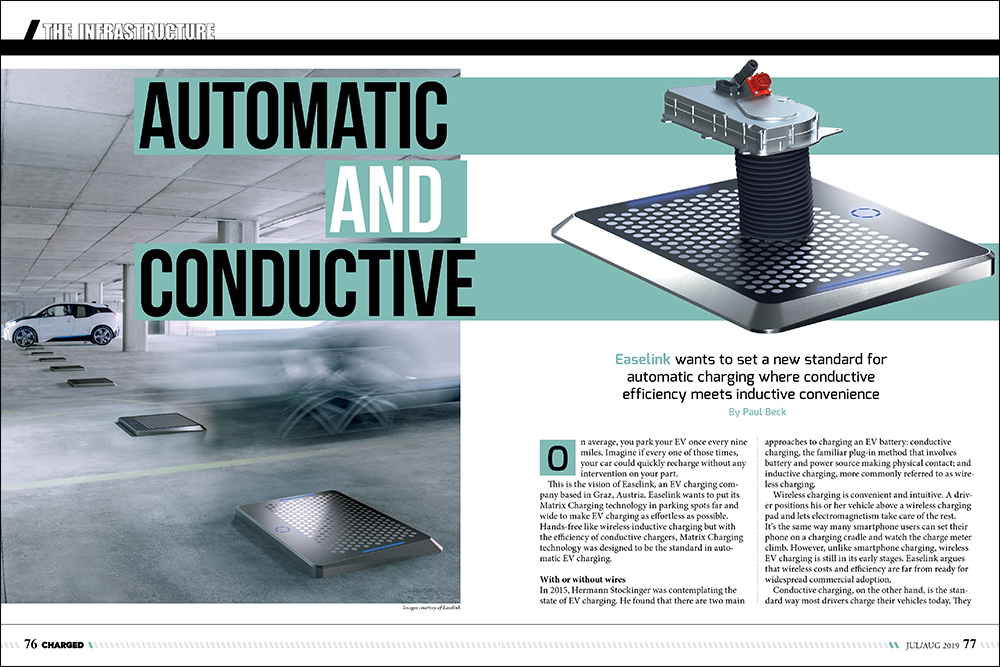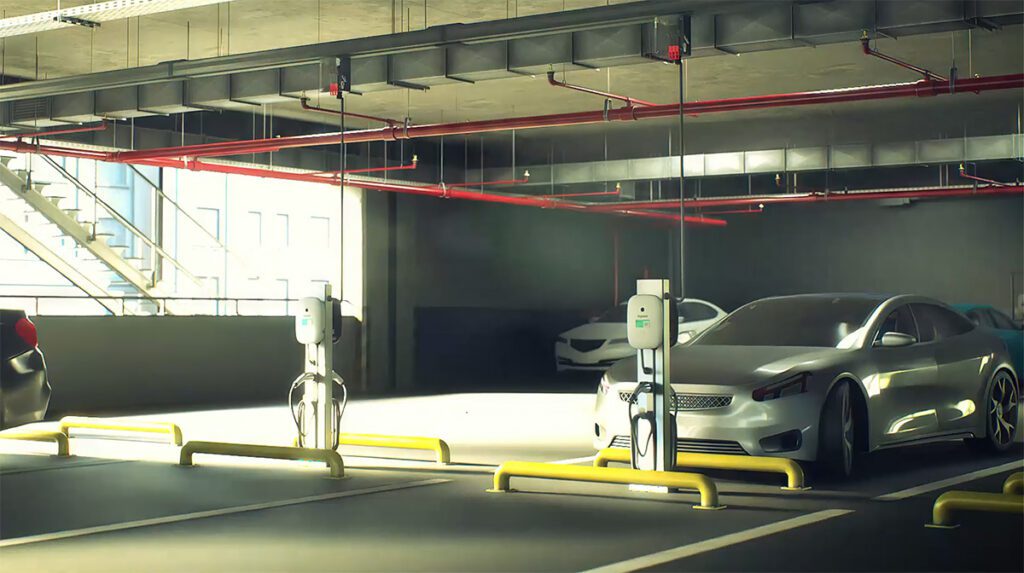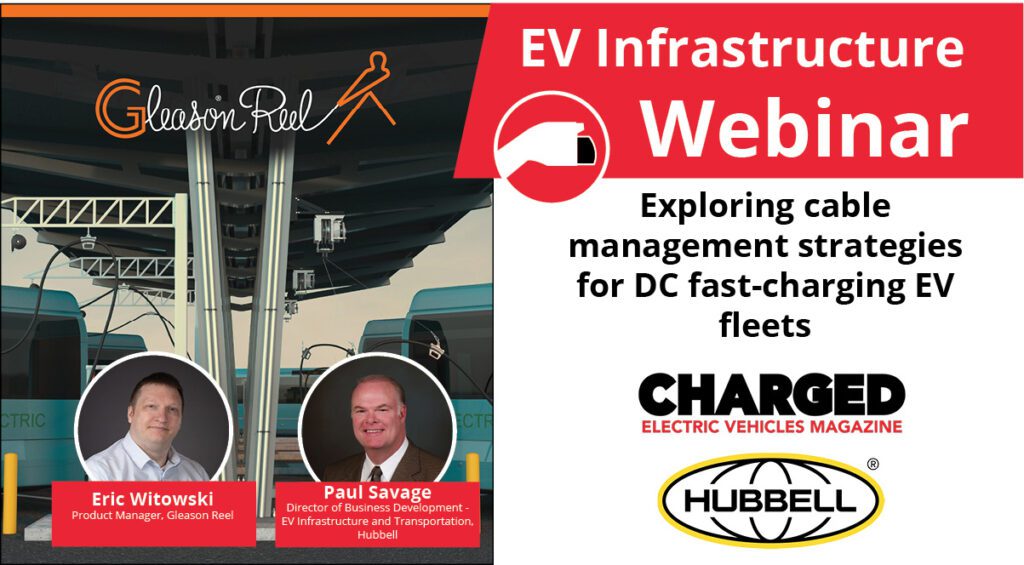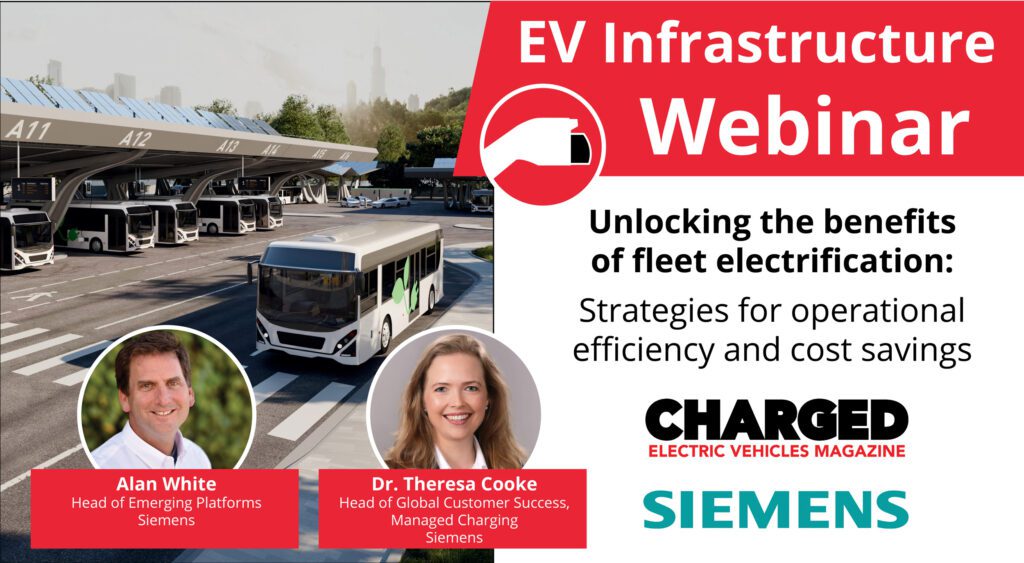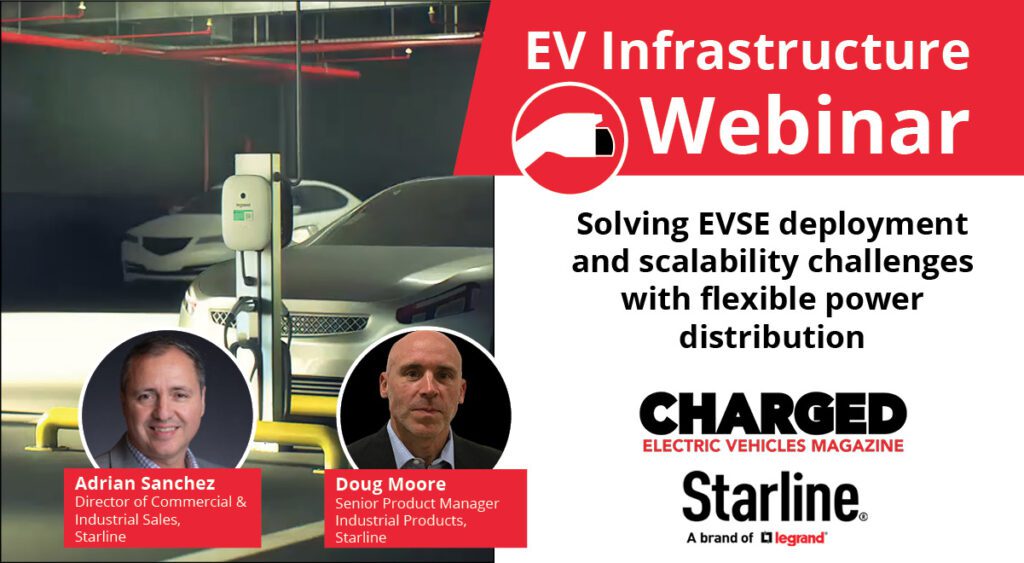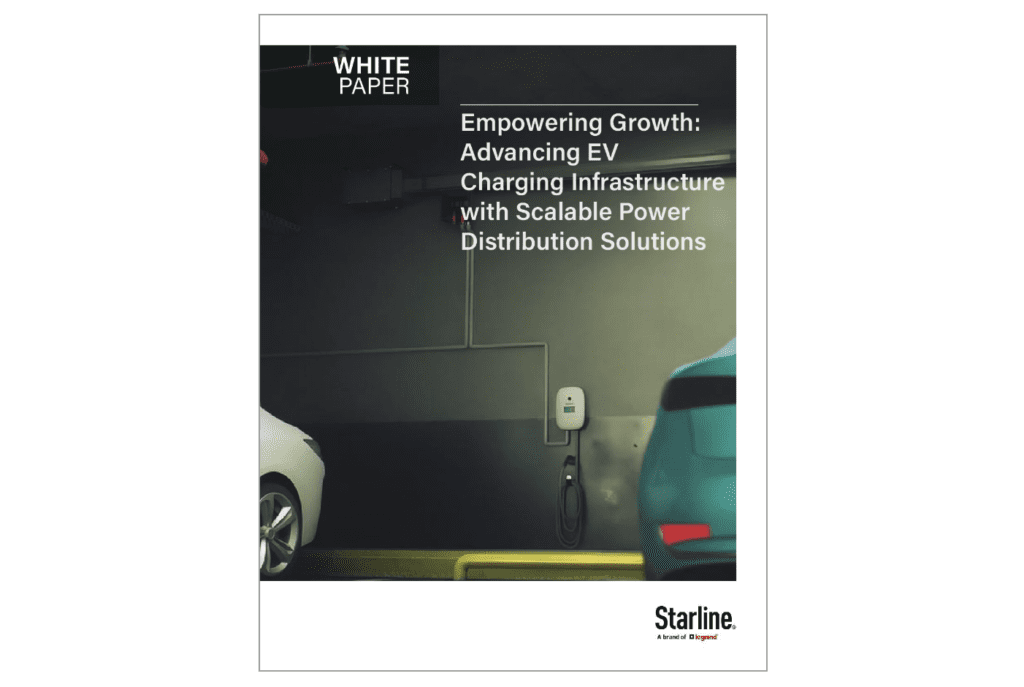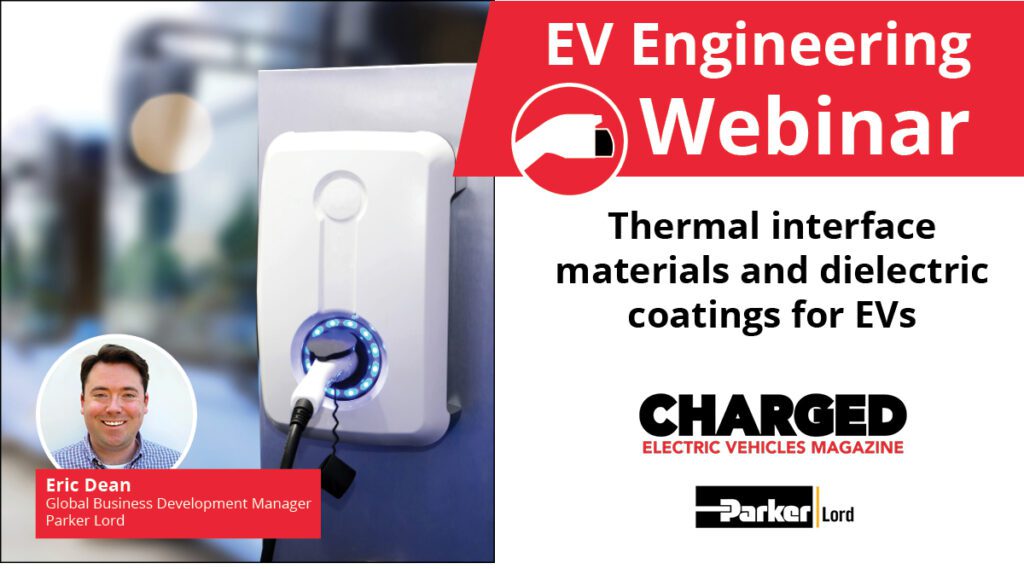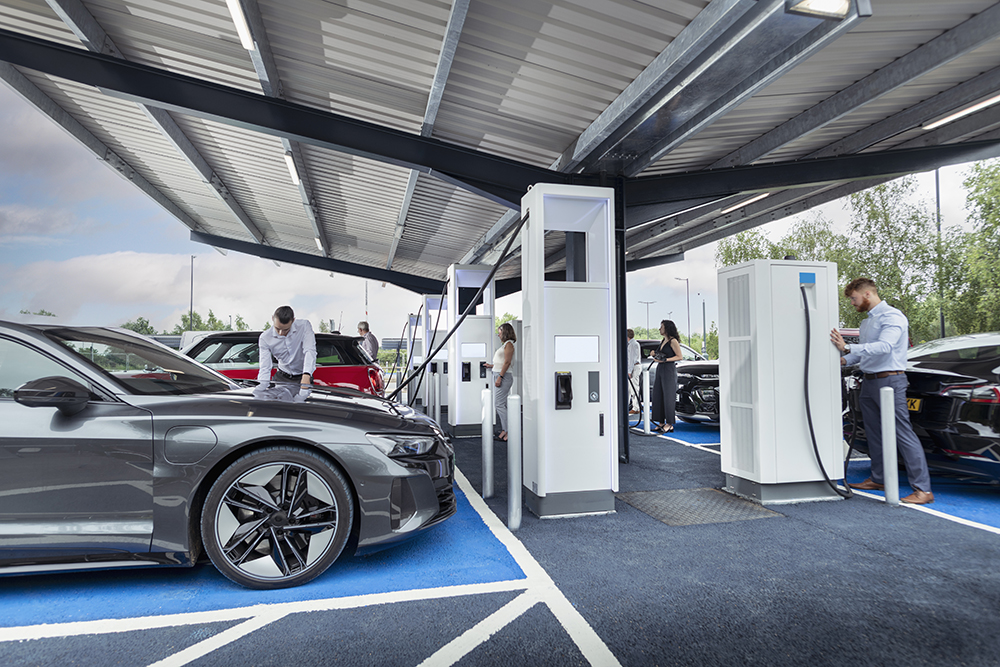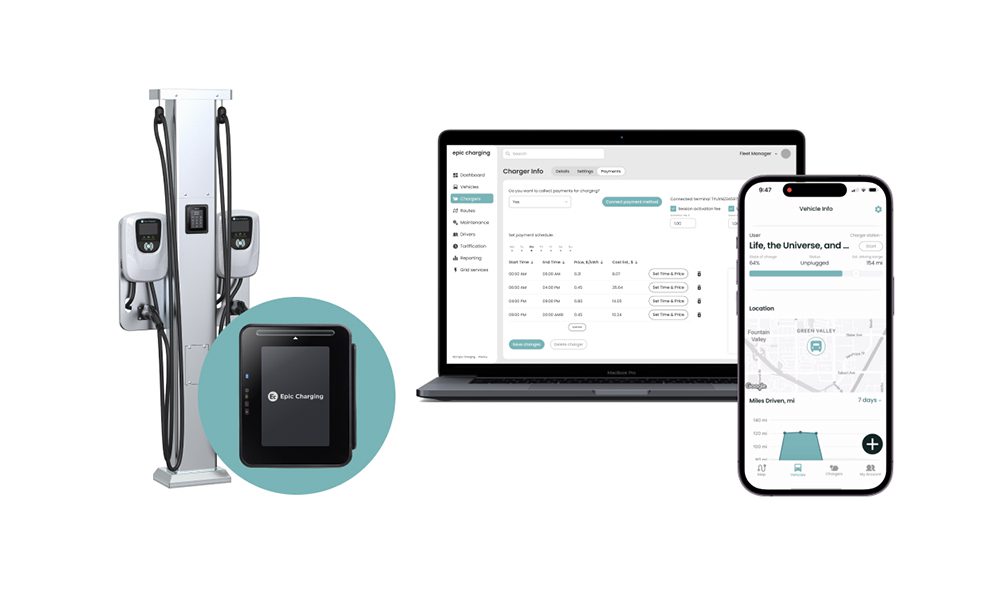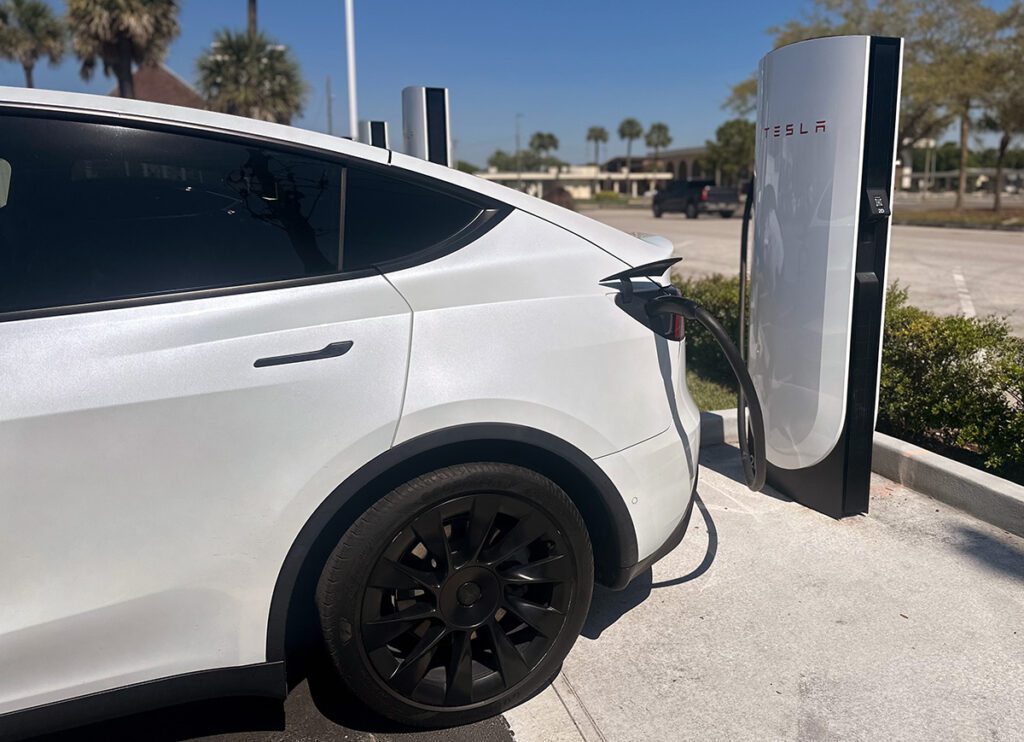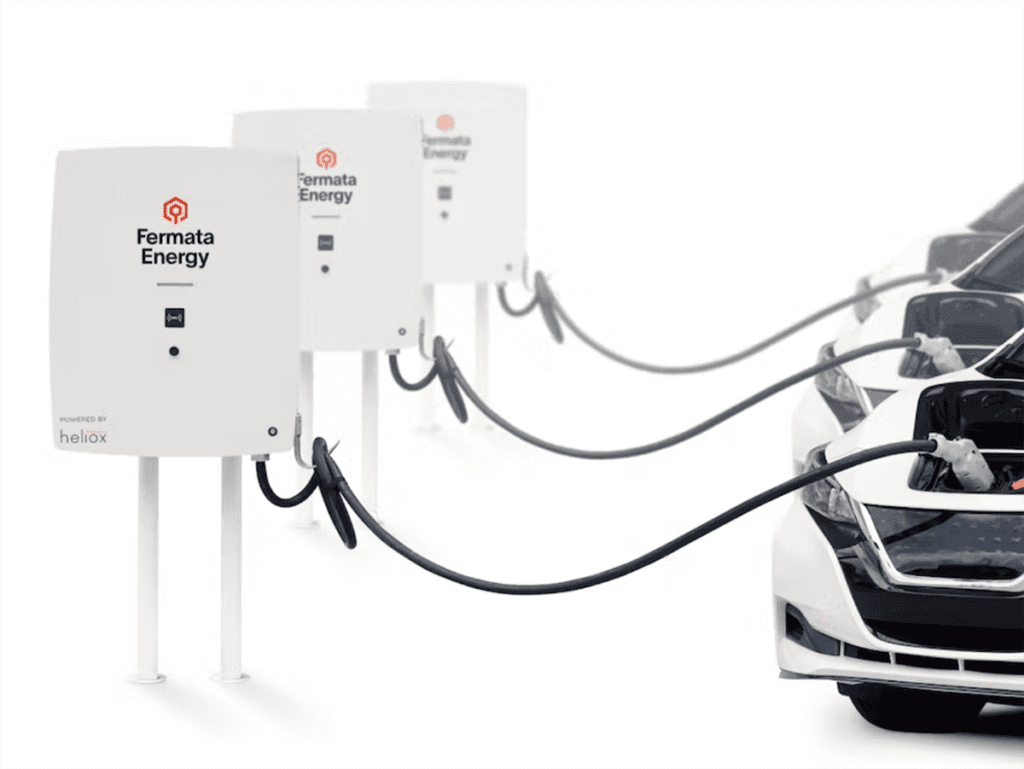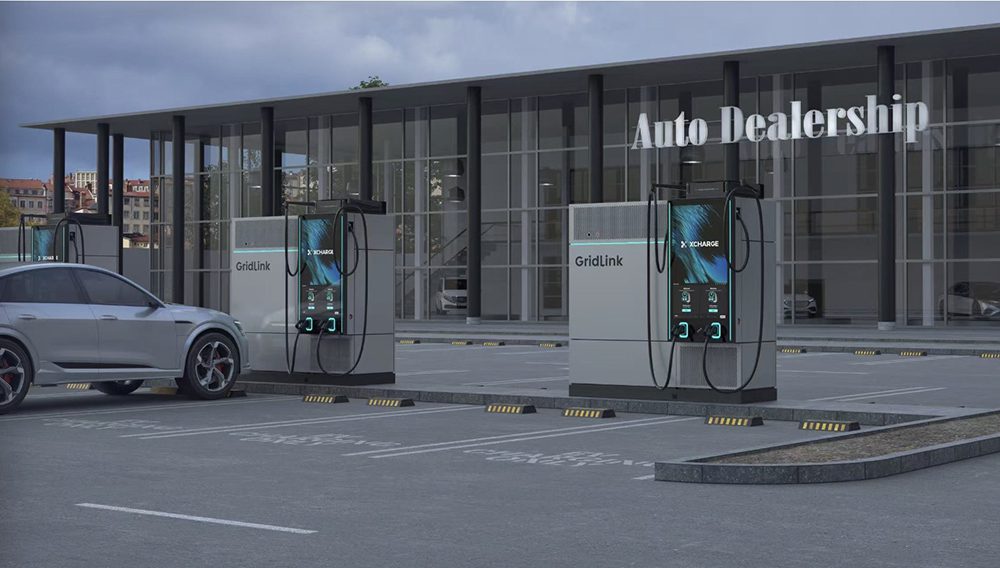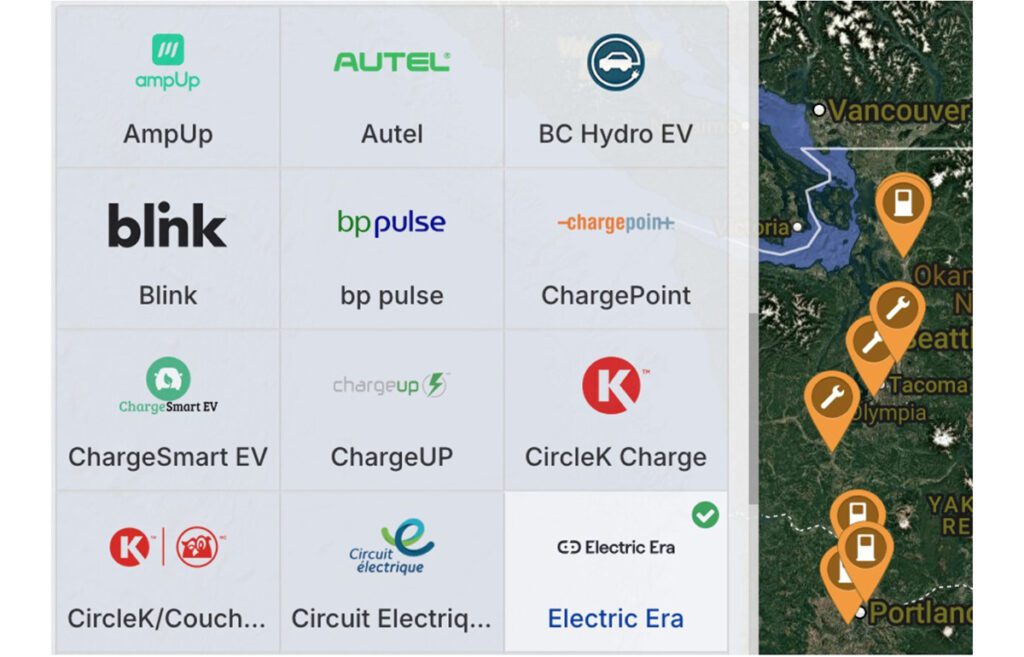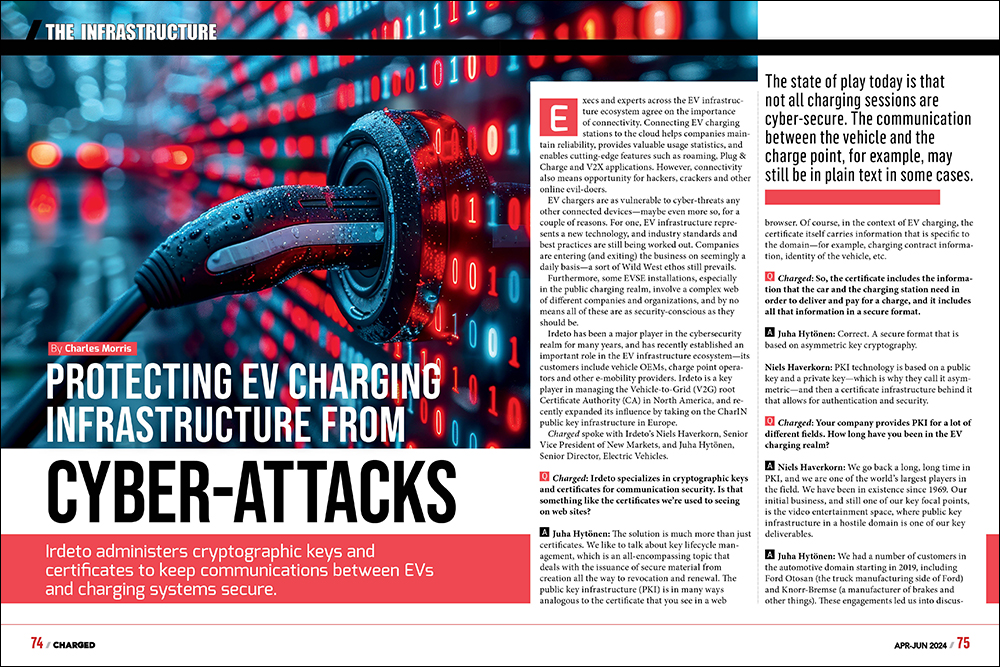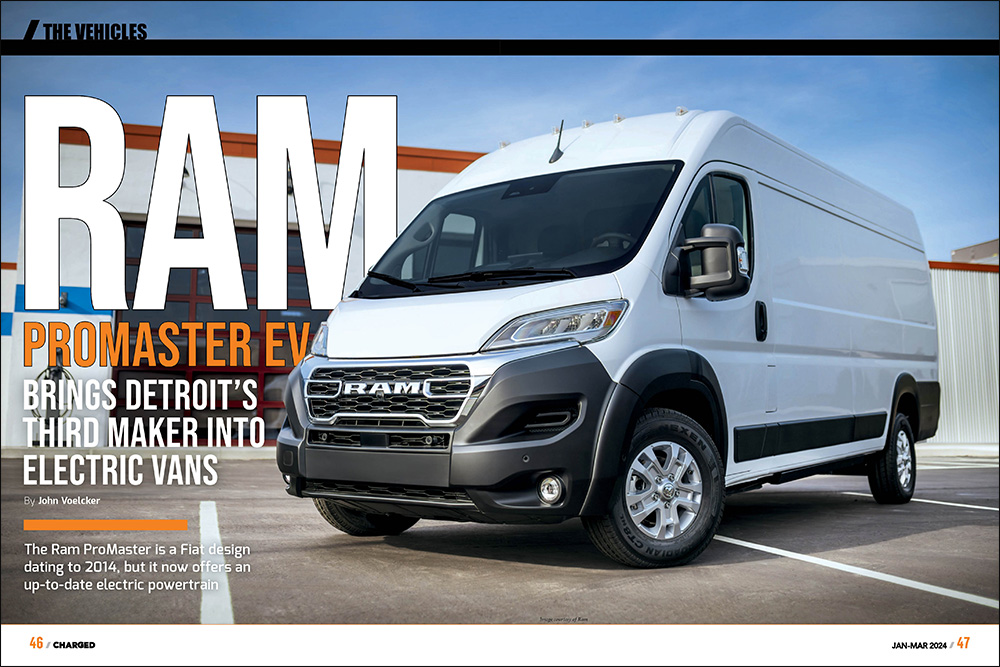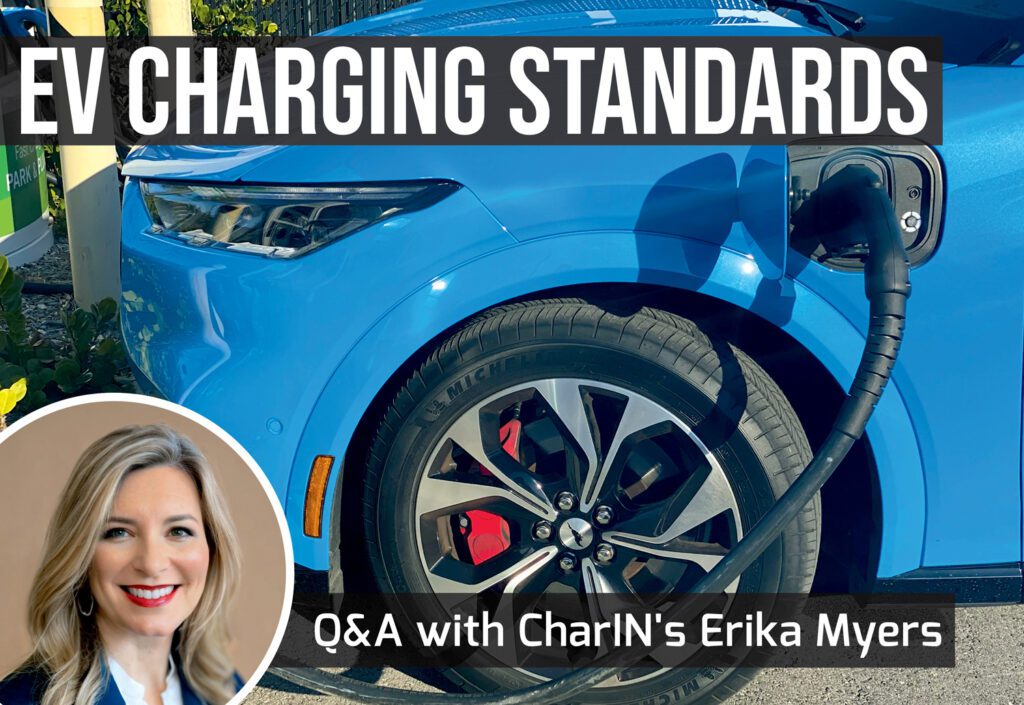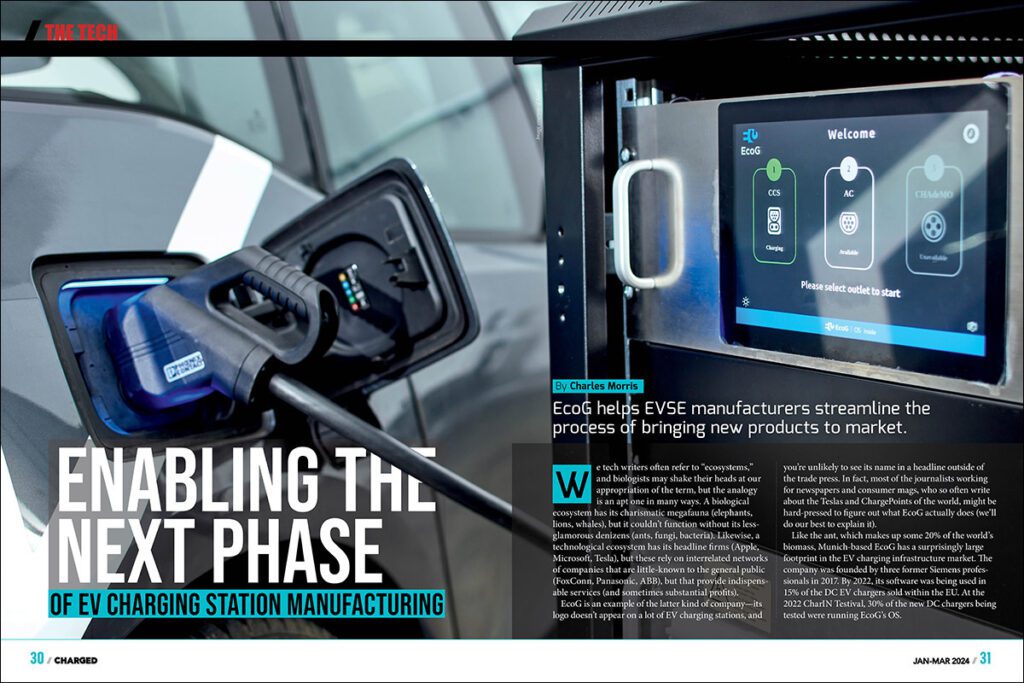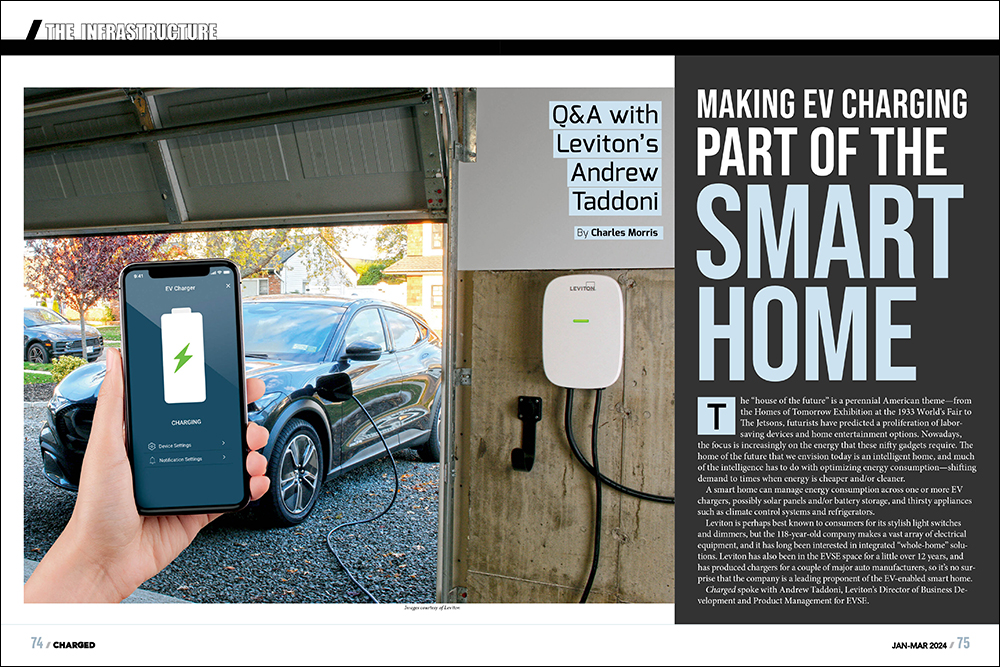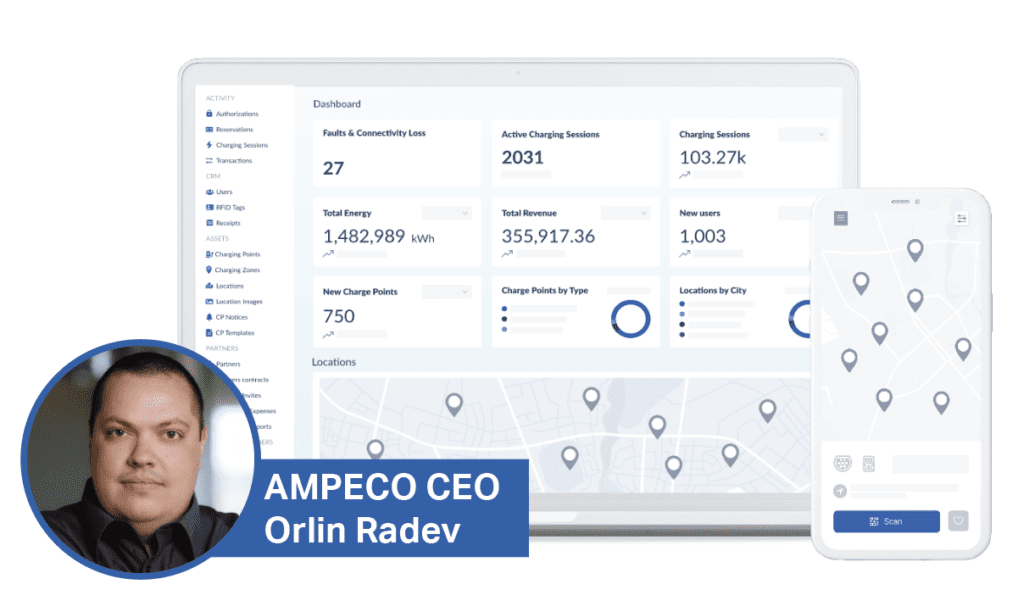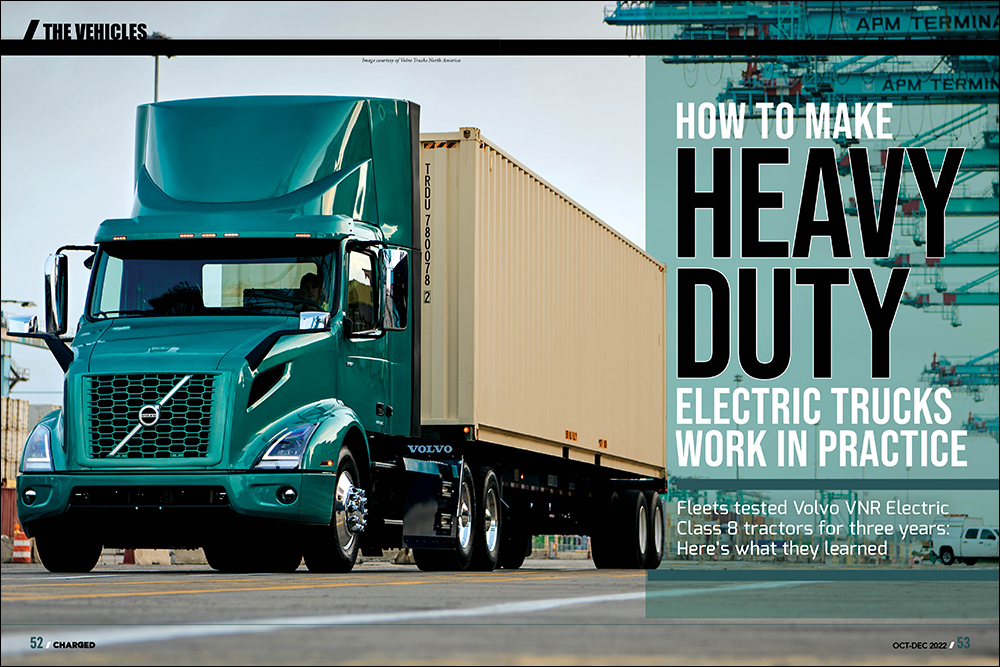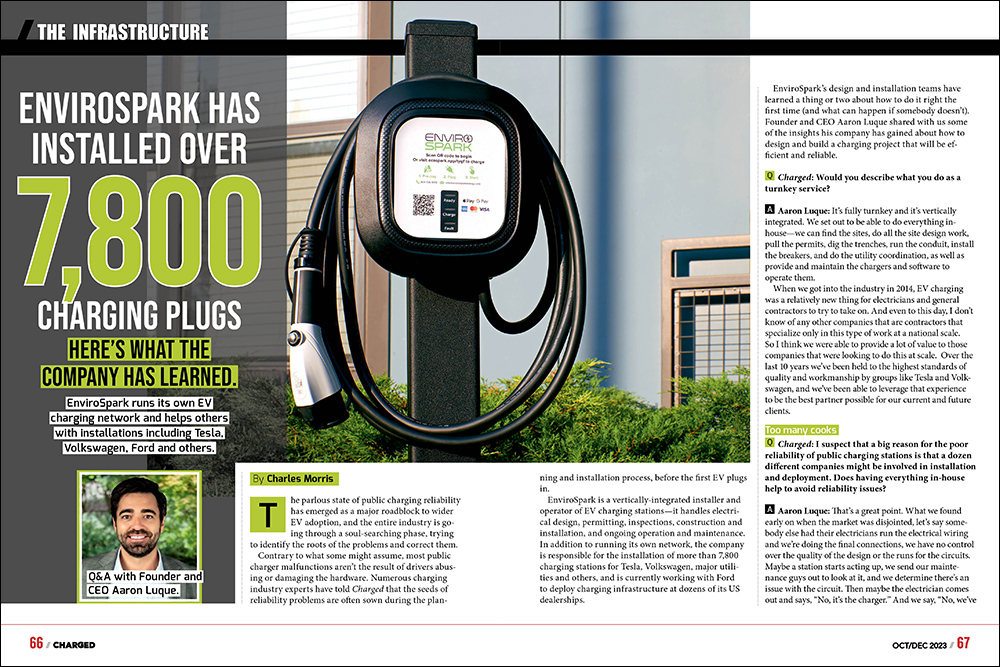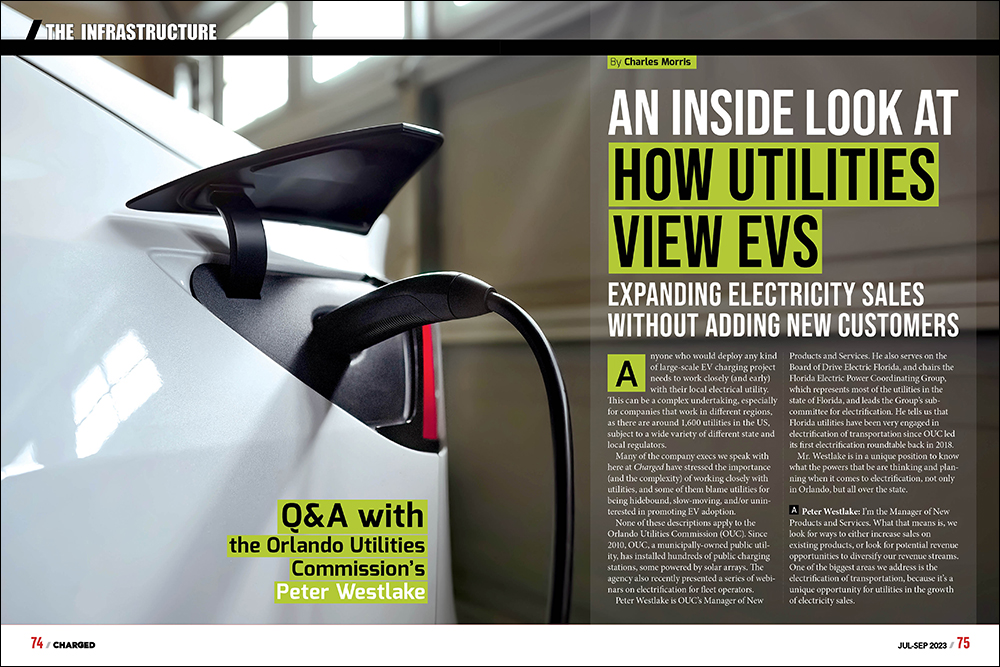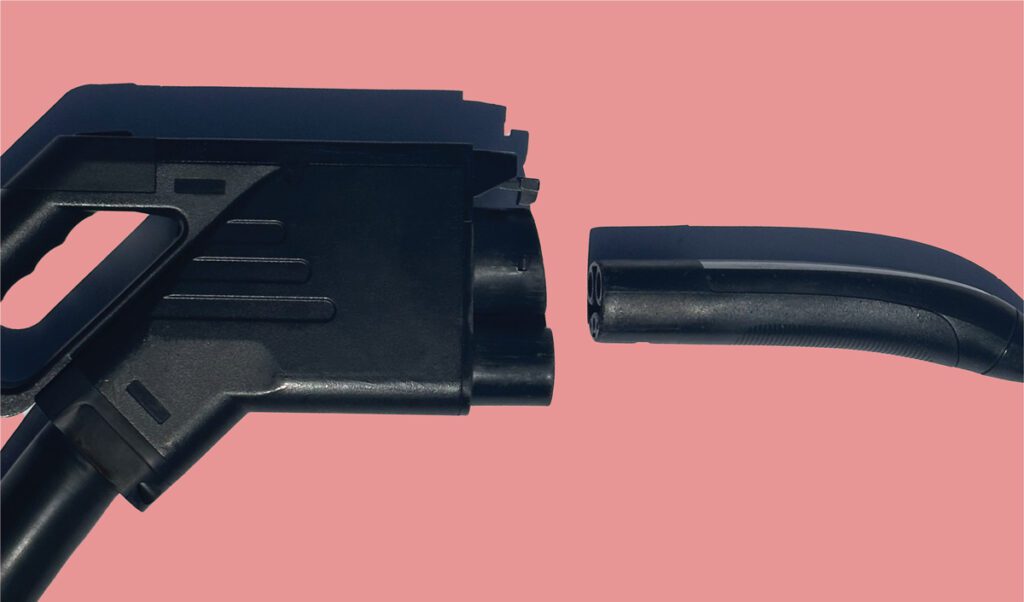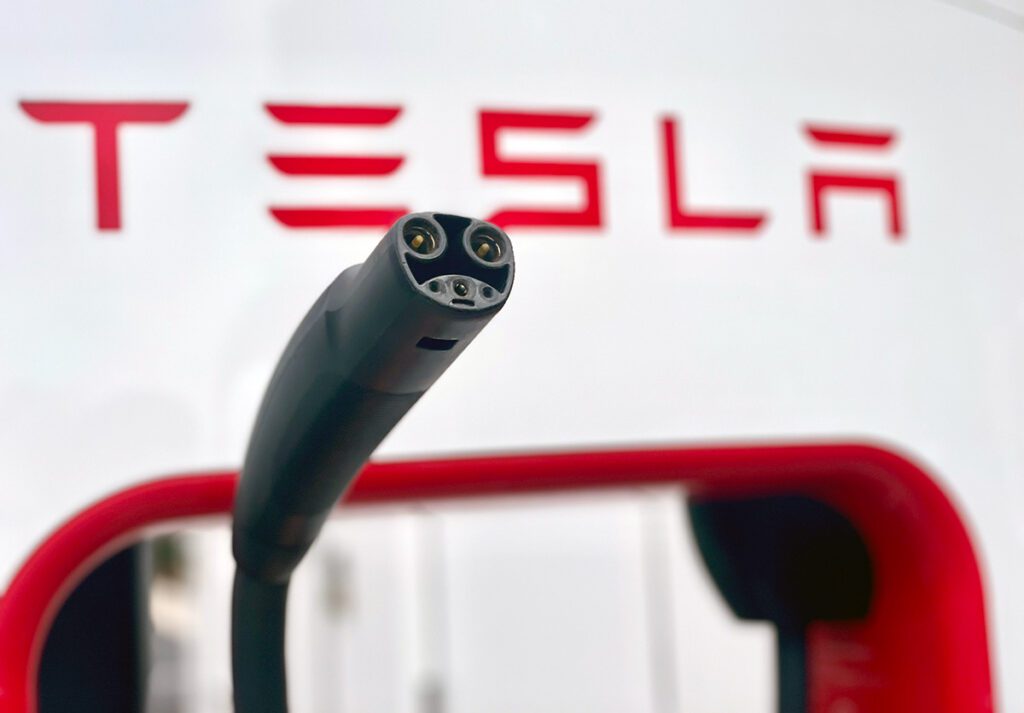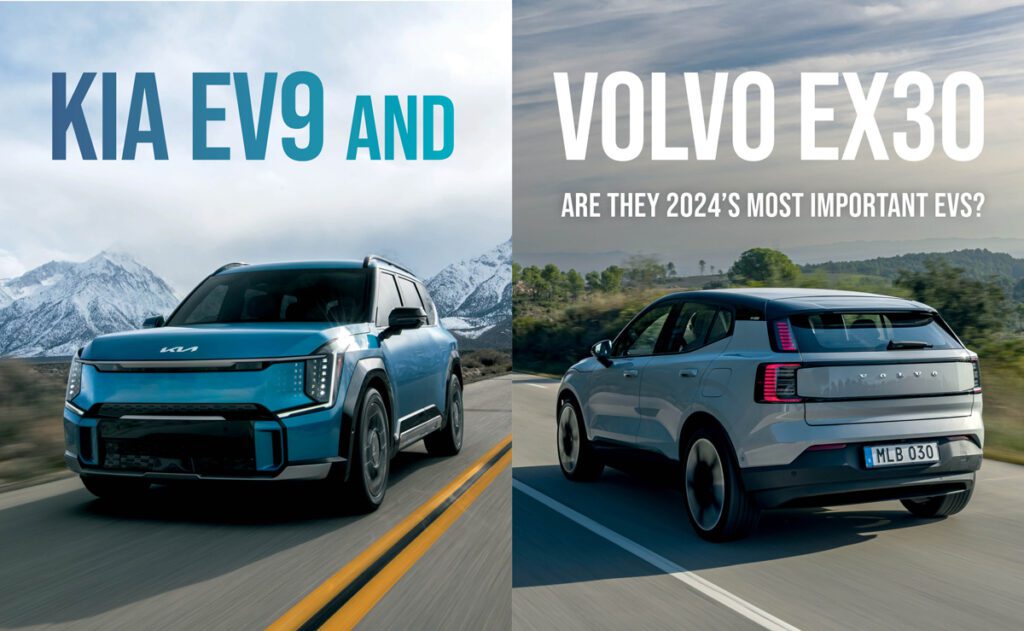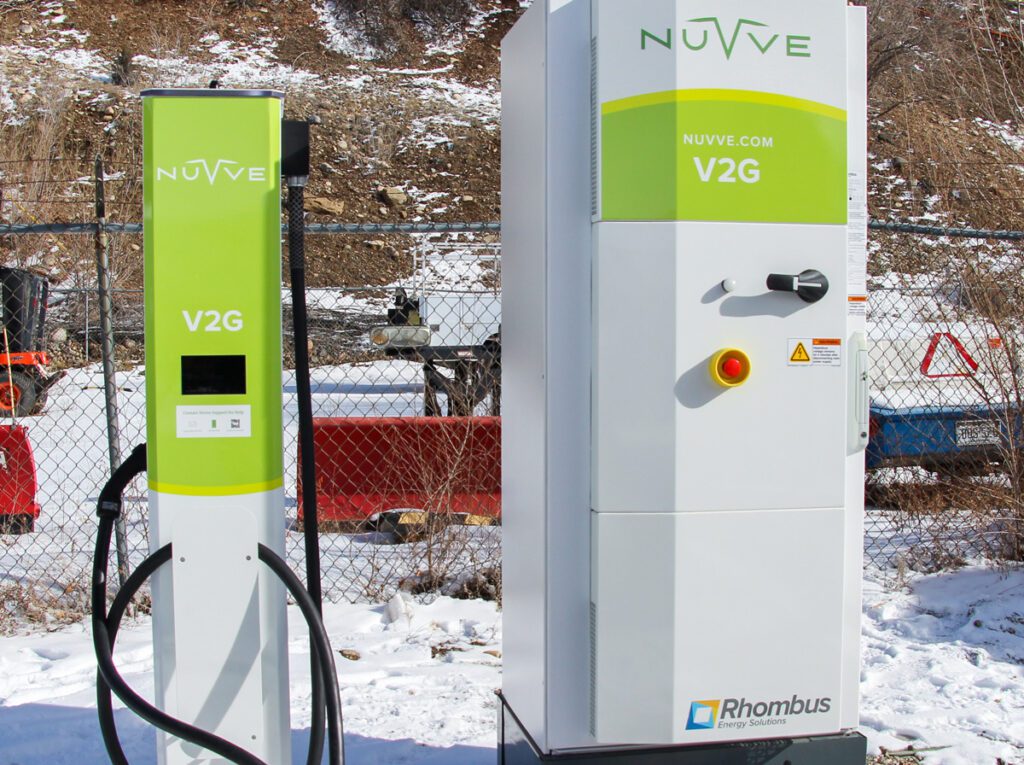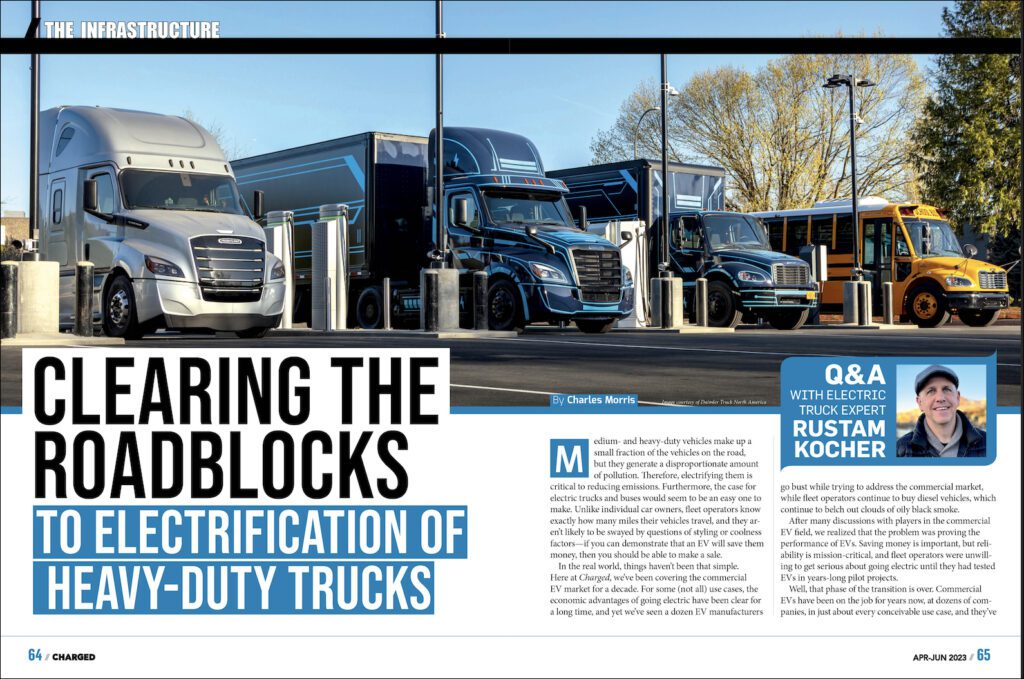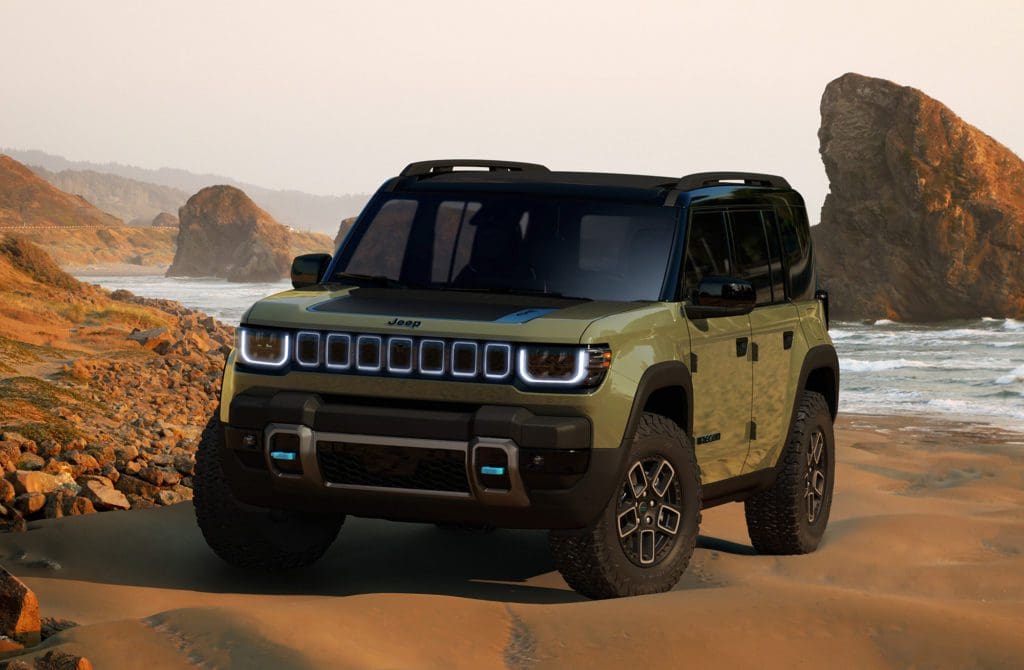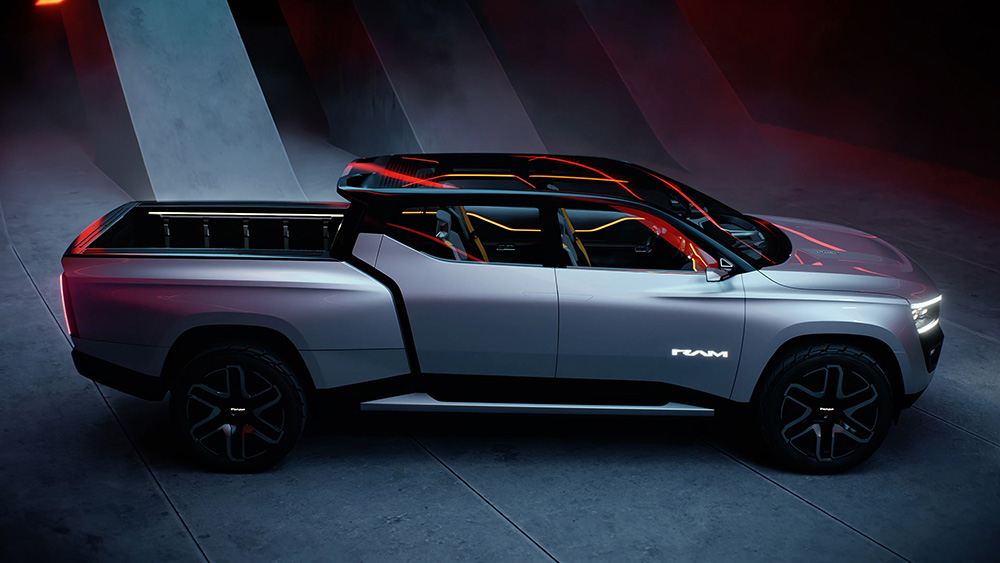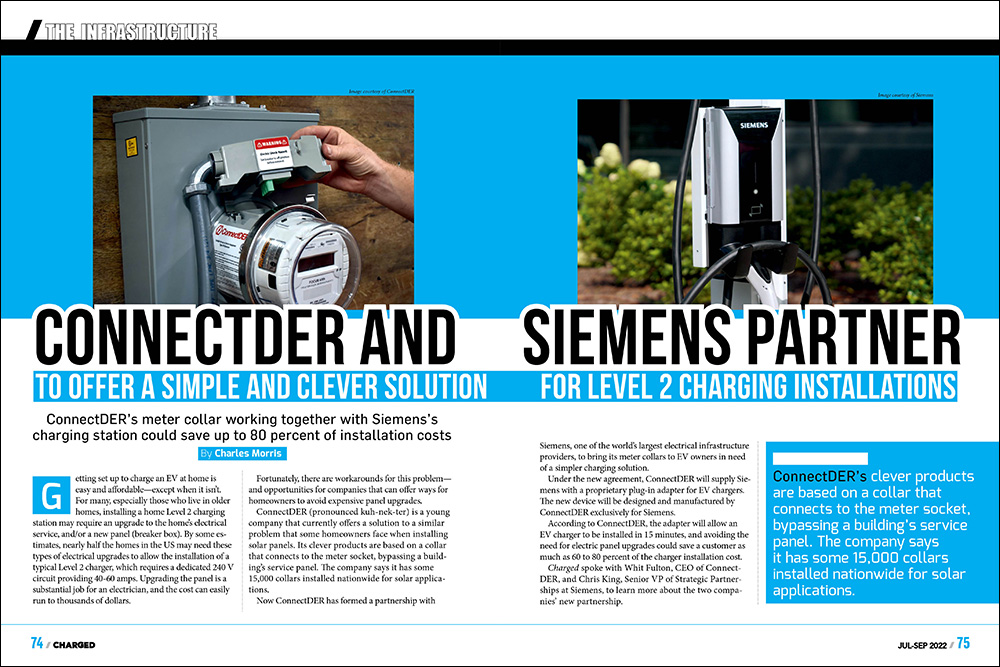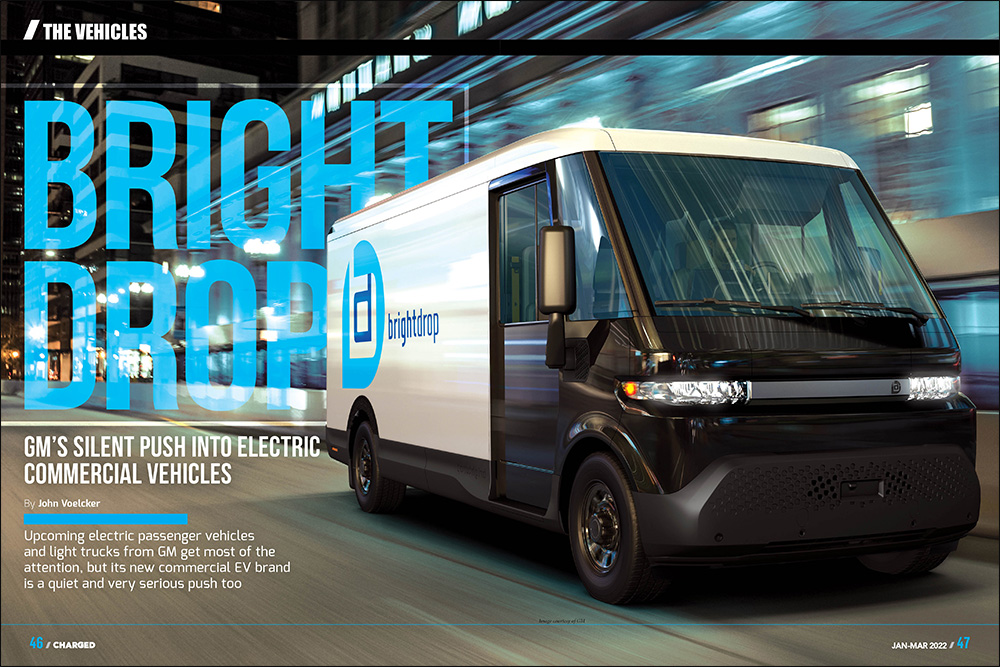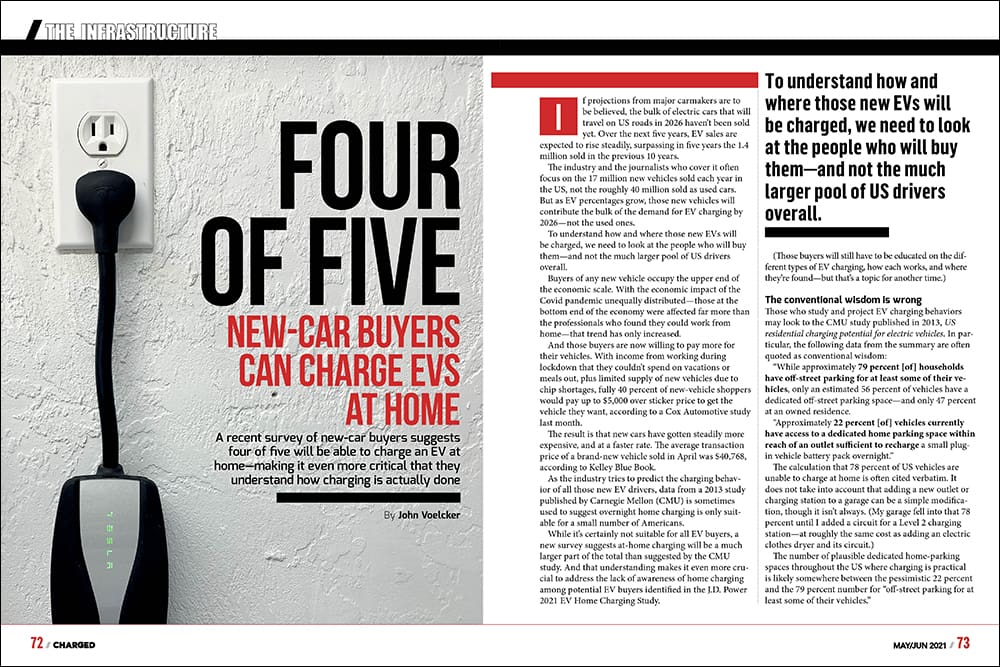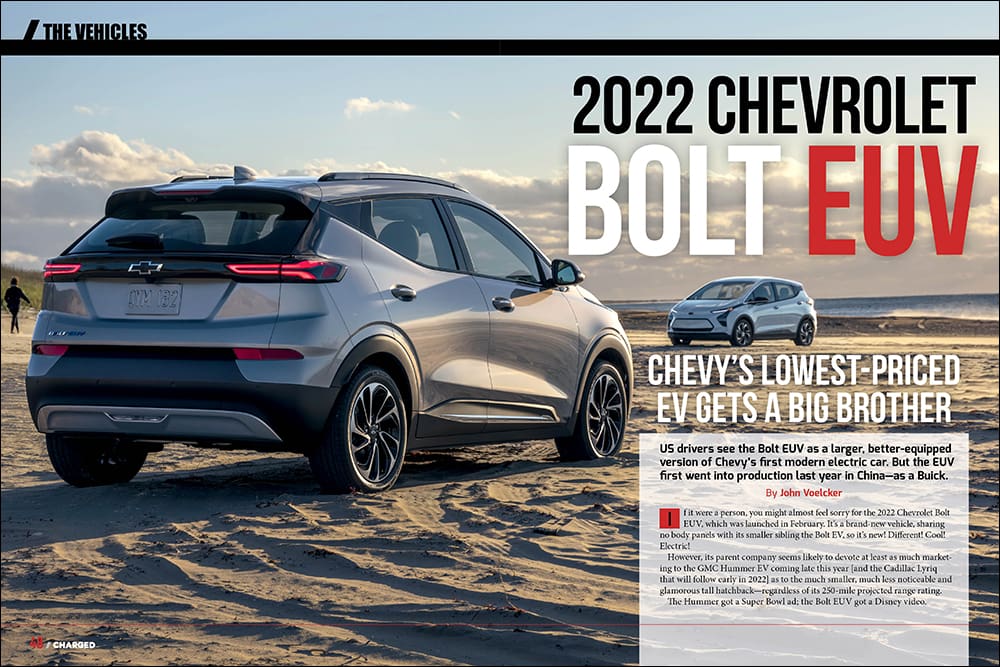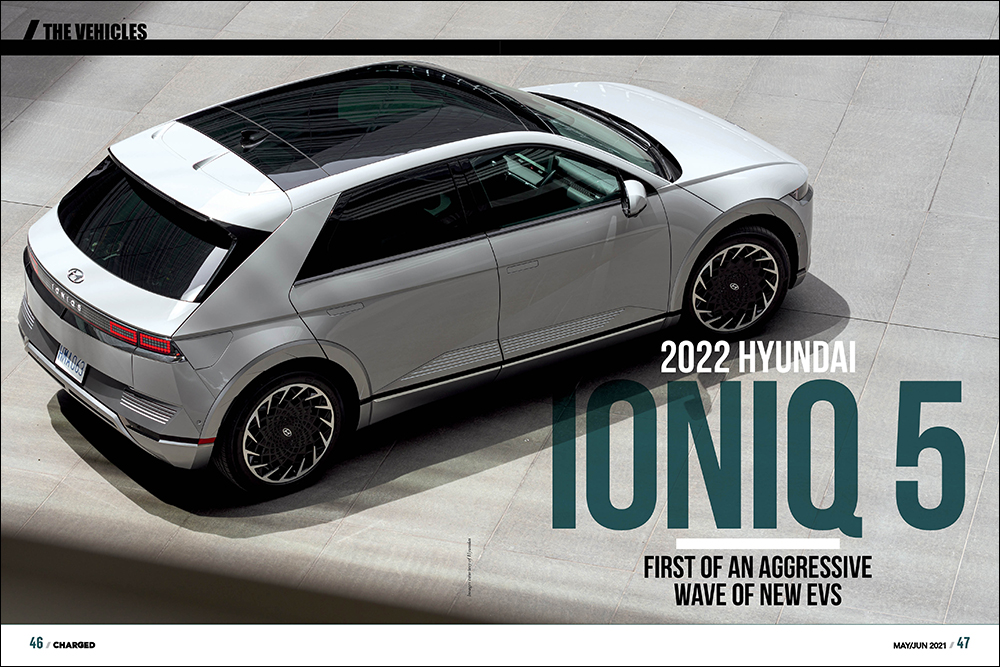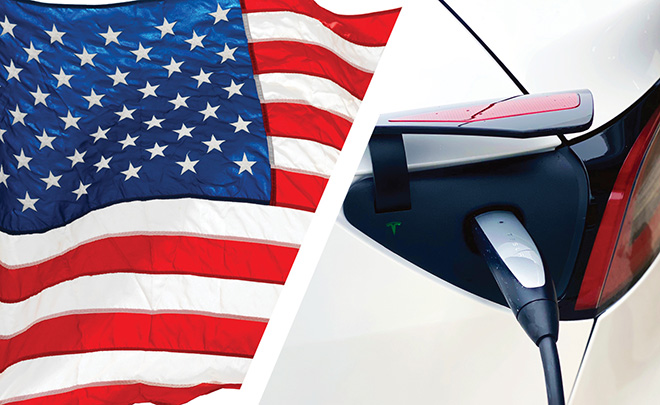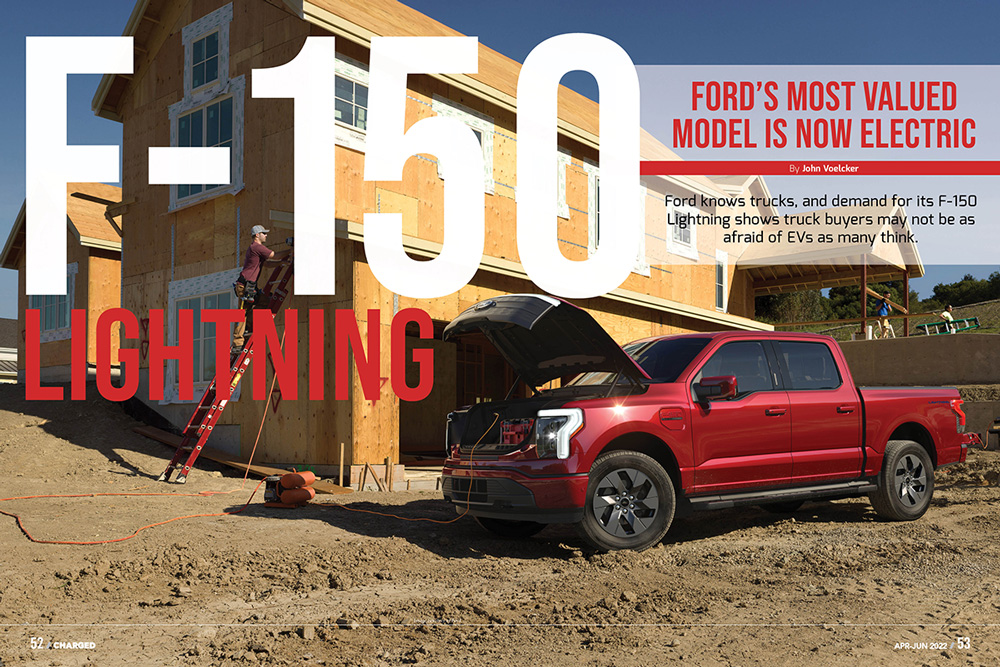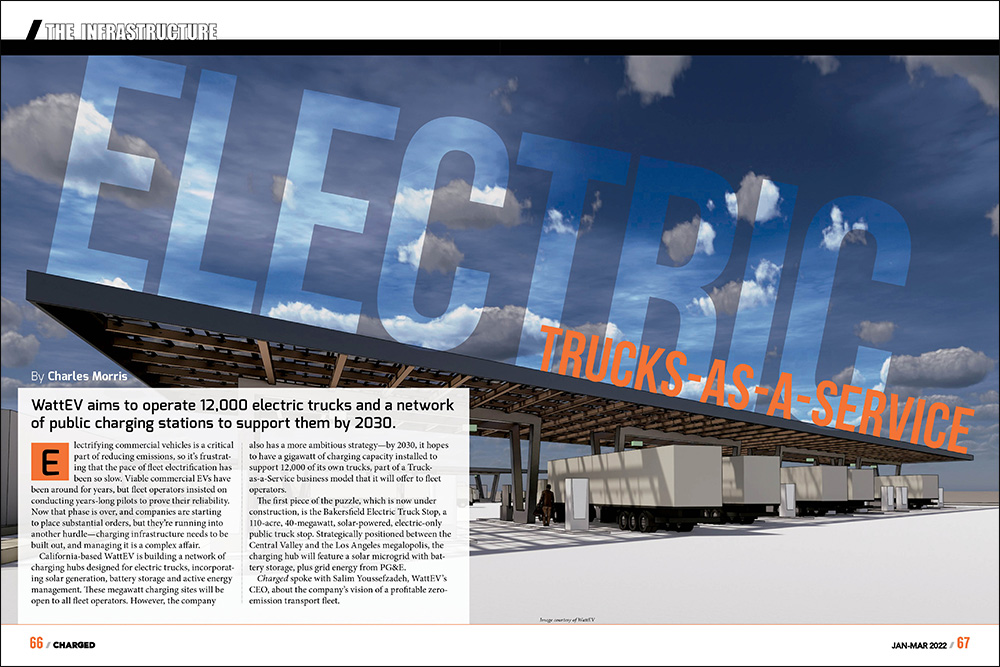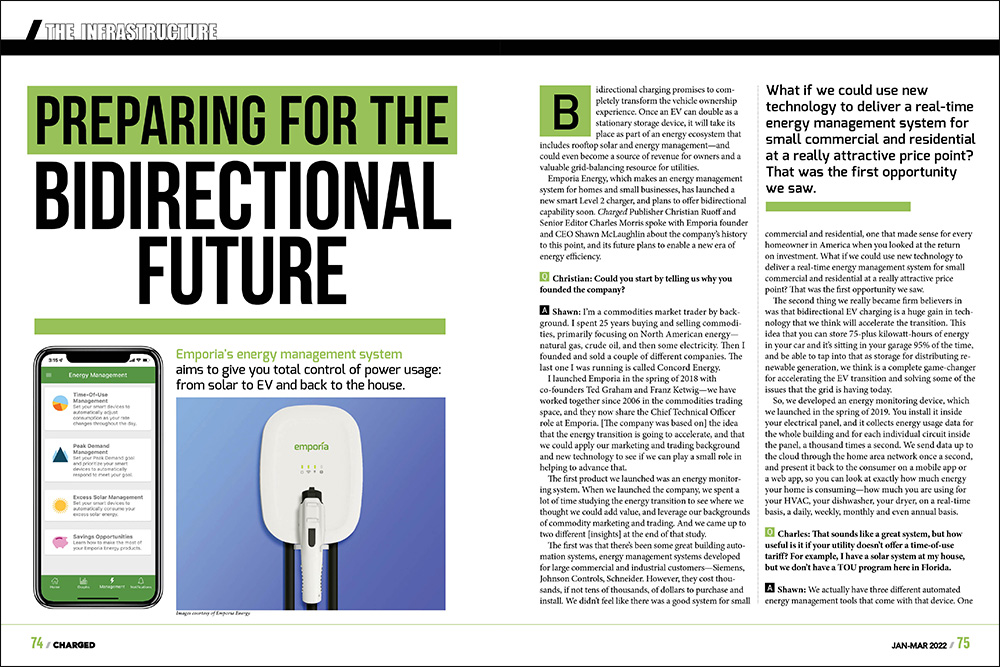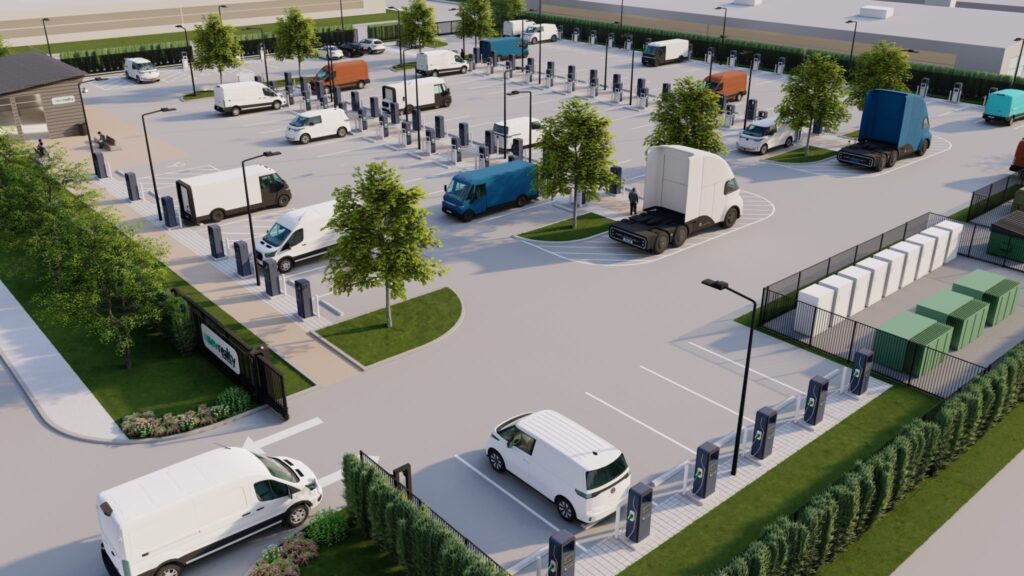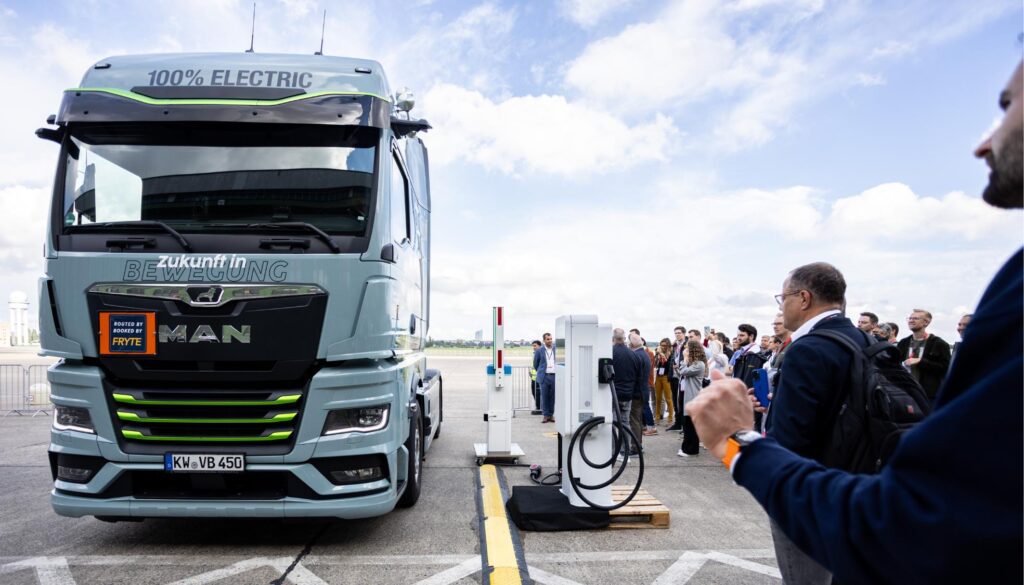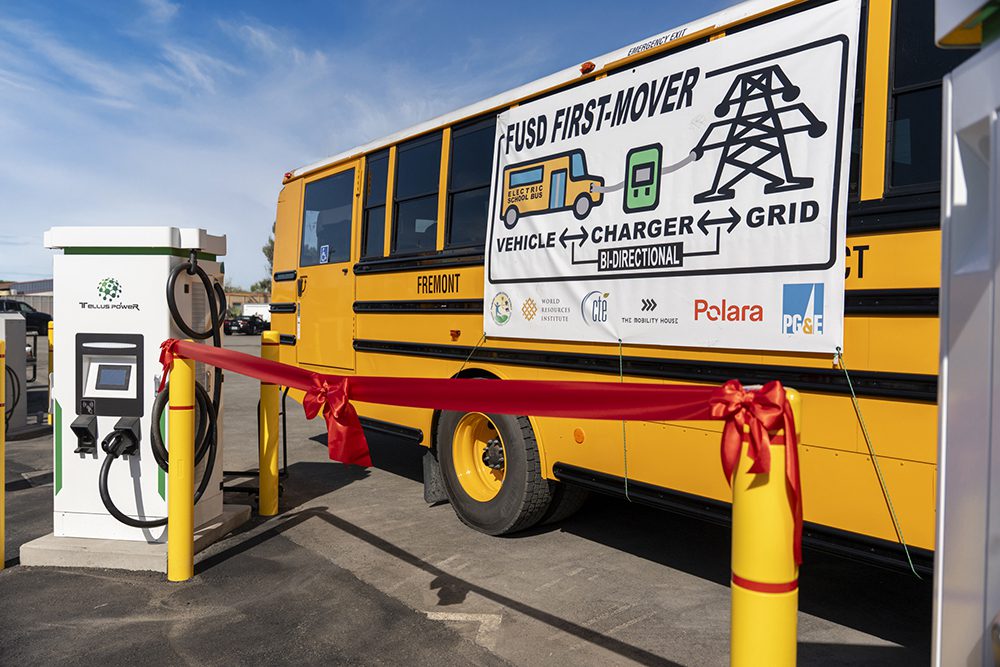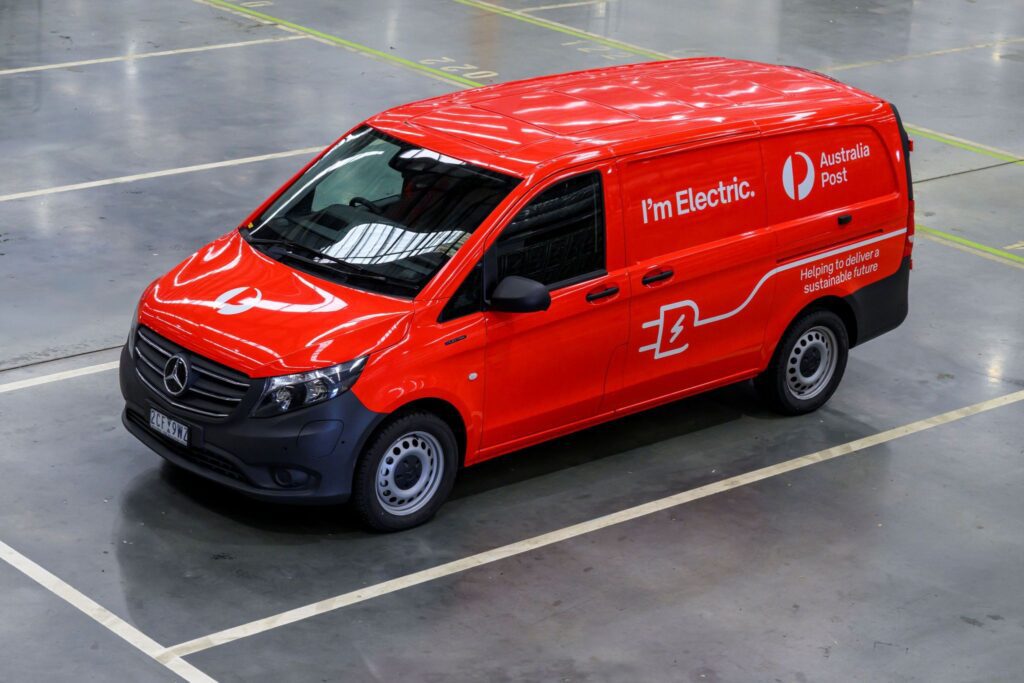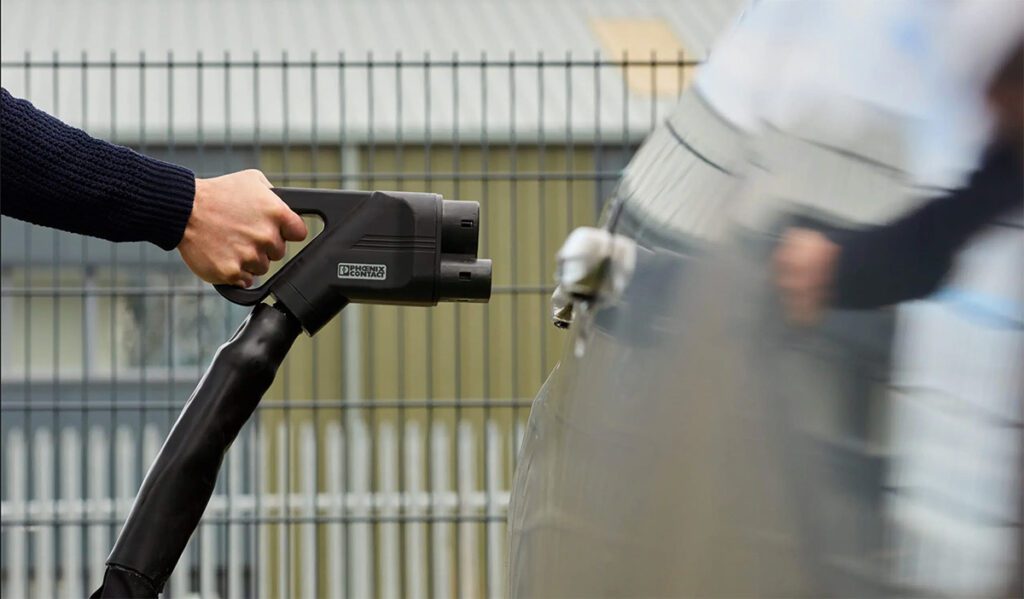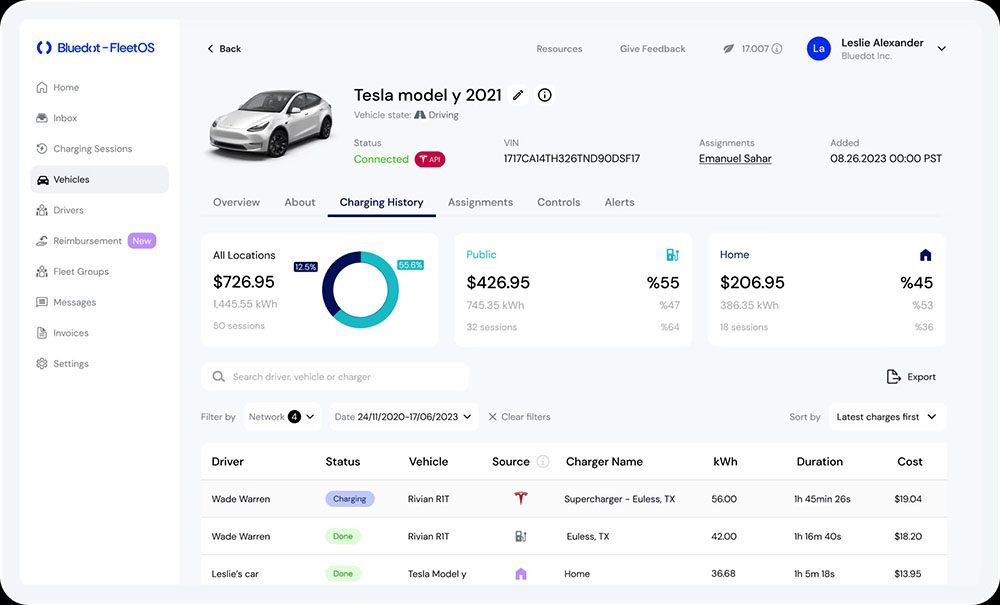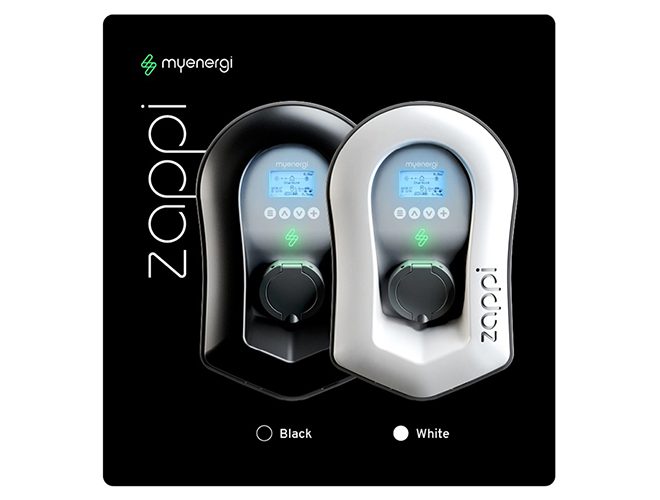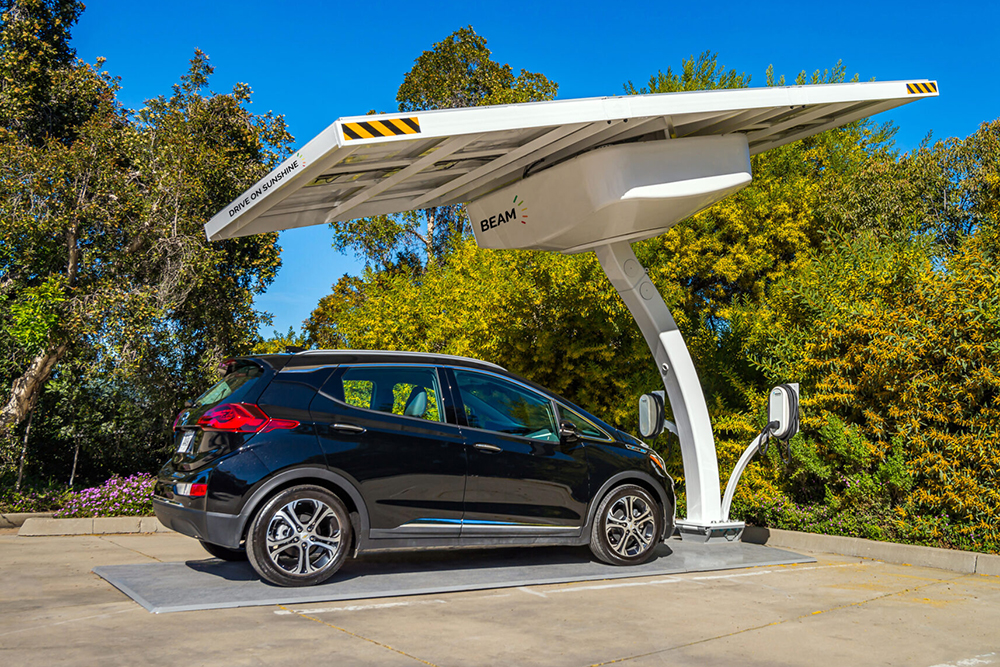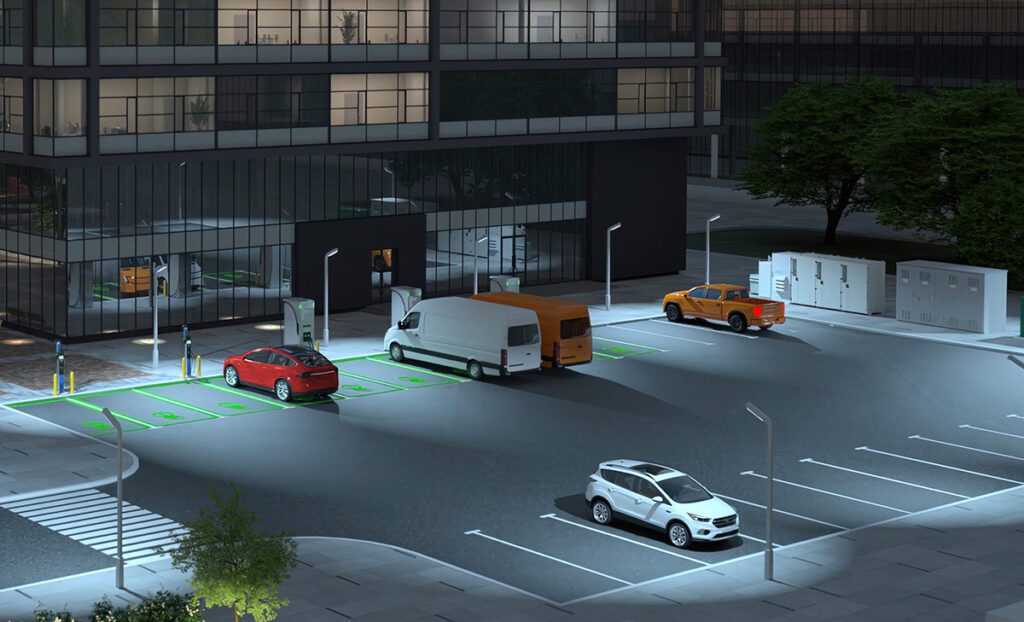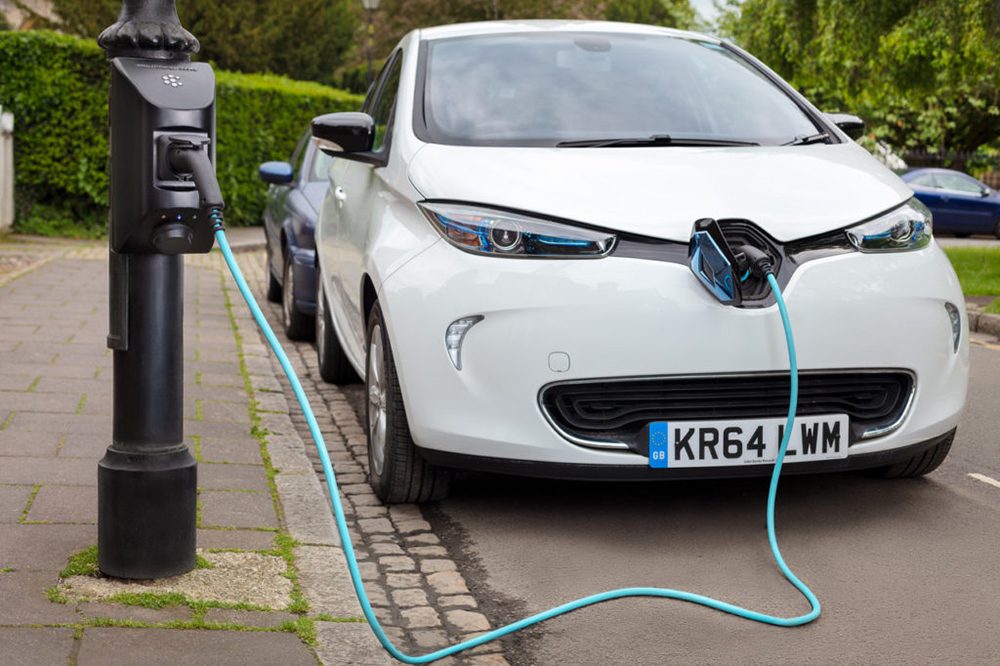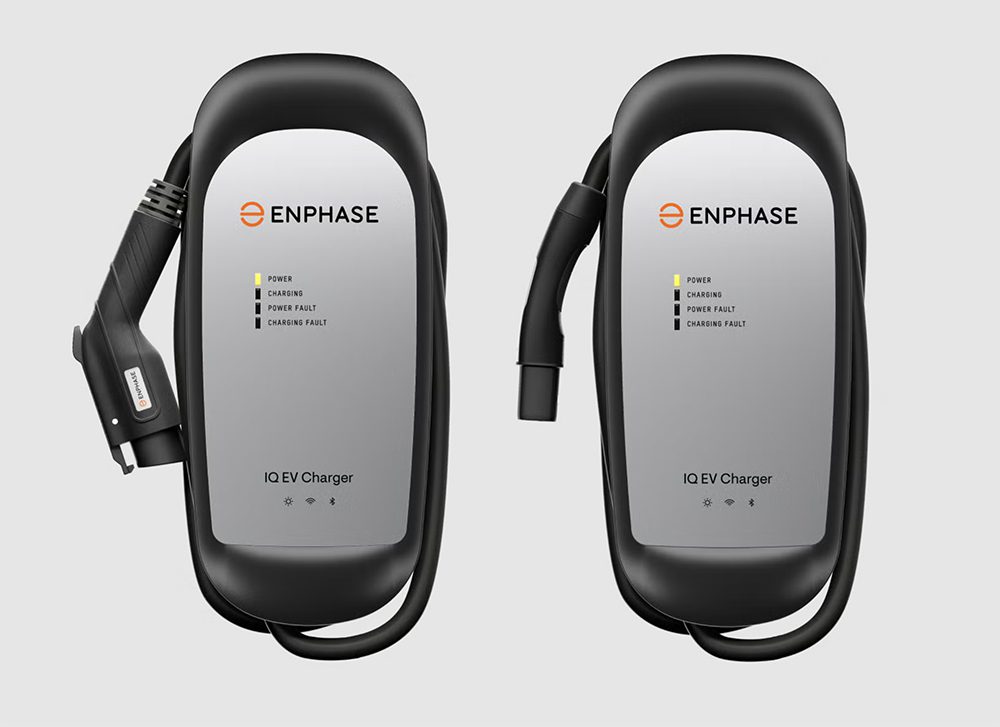On average, you park your EV once every nine miles. Imagine if every one of those times, your car could quickly recharge without any intervention on your part.
This is the vision of Easelink, an EV charging company based in Graz, Austria. Easelink wants to put its Matrix Charging technology in parking spots far and wide to make EV charging as effortless as possible. Hands-free like wireless inductive charging but with the efficiency of conductive chargers, Matrix Charging technology was designed to be the standard in automatic EV charging.
With or without wires
In 2015, Hermann Stockinger was contemplating the state of EV charging. He found that there are two main approaches to charging an EV battery: conductive charging, the familiar plug-in method that involves battery and power source making physical contact; and inductive charging, more commonly referred to as wireless charging.
Wireless charging is convenient and intuitive. A driver positions his or her vehicle above a wireless charging pad and lets electromagnetism take care of the rest. It’s the same way many smartphone users can set their phone on a charging cradle and watch the charge meter climb. However, unlike smartphone charging, wireless EV charging is still in its early stages. Easelink argues that wireless costs and efficiency are far from ready for widespread commercial adoption.
Conductive charging, on the other hand, is the standard way most drivers charge their vehicles today. They find a power station, grab the plug, and stick it in their EV’s socket as if pumping gas.
With conductive charging, the driver doesn’t technically have to be involved. Demonstration projects exist with robotic arms that can automatically insert the plug into the EV, such as the Tesla charging snake that was revealed back in 2015 (but has yet to be implemented at any of Tesla’s public Supercharger stations). Though this eliminates driver involvement, it can’t help but feel clunky. It’s like replacing your remote control with a robot that physically presses the buttons on your TV.
Stockinger wanted to come up with a way to charge EVs that retained the efficiency of conductive charging without sacrificing the easy automation of wireless charging. He came up with a solution called Matrix Charging, and he founded Easelink to develop and commercialize the technology.

Matrix Charging
There are two components to Matrix Charging: the Matrix Charging Pad, a slim rectangular prism dotted with an array of metal contact points, and the Matrix Charging Connector, an extending rubber tube that’s positioned on the underside of an EV.
The Matrix Charging Pad is installed on the surface of a parking space. It’s connected to a power source, and when an EV with a Matrix Charging Connector parks over the Pad, the Connector automatically extends down until it makes contact with the Pad. The Connector magnetically aligns to the closest contacts on the Pad and commences charging. Even though there are hundreds of contact points on the Pad, only those contained within the Connector tube are activated. The rest of the Pad remains electrically neutral.
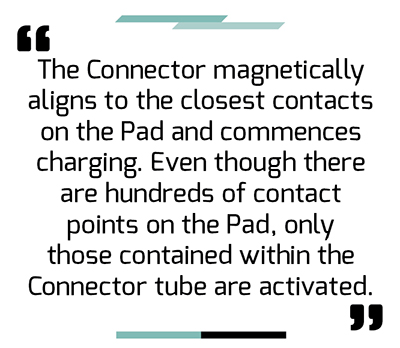
The first and current generation of Matrix Charging provides AC charging with up to 22 kW of power. Transfer efficiency is over 99 percent, the same as for a plug-and-socket connection. Easelink is developing a second generation of Matrix Charging that will provide 22 kW AC charging and 50 kW DC charging. The company also has plans for a third generation that will provide more than 100 kW of power.
Easelink considered various design options when developing Matrix Charging. The first big question was whether to use conductive or inductive charging. Having found a solution that could readily be automated, Easelink chose conductive charging for its low cost and high power transfer.
The second question was where to place the charger. Should it be above the vehicle, under the vehicle, or off to the side? Easelink chose to put the Matrix Charging Pad under the vehicle.
“The only two parallel surfaces that are always available are under the vehicle. That’s the underbody of the vehicle and the parking ground itself,” Easelink’s Sebastian Demuth told Charged. “You don’t need a wall to mount a wall port, you don’t need a pole to mount the charging device, so the ground is the easiest way to integrate such a technology.”

The third design dilemma was the choice of where to put the charger’s moving parts. Easelink decided to keep the moving parts of the Matrix Charging Connector on the EV itself, keeping the Charging Pads static and resilient. Even so, the vertical movement of the Connector’s rubber tube is delivered through a single actuator, keeping the number of moving parts to a minimum.
Finally, Easelink needed to determine the nature of the conductive contact. Should there be a socket in the ground and a plug extending from the EV, or vice versa? Easelink went with neither option, instead opting for a planar geometry for the contact surface.
“It has to be a planar surface,” Demuth said. “That’s easiest to clean. It’s traversable, and has no obstacles. So it’s barrier-free, and can be integrated seamlessly into the ground. And that’s how the product was designed.”
The merits of Matrix Charging
Easelink believes that manual EV charging will give way to automatic charging, both for user convenience and to facilitate the future of vehicle technology. Because it’s hands-free, Matrix Charging is well-suited to automation. Autonomous vehicles could easily be powered by Matrix Charging technology, and for much less cost than competing inductive technology.
“Wireless charging is a nice technology, but it only works in the premium class because it’s so expensive,” Demuth said. “Our goal was to have an automatic charging technology that also fits the middle class and mass production class.”
Demuth points to an inductive charging system that’s currently on the market, which offers 3.2 kW of charging power and sells for around 3,200 euros (roughly $3,600). Easelink’s system, Demuth claims, is more efficient and “much, much cheaper.” Though the final cost of charging will fall to EV manufacturers and infrastructure providers, Easelink developed Matrix Charging to be widely accessible.
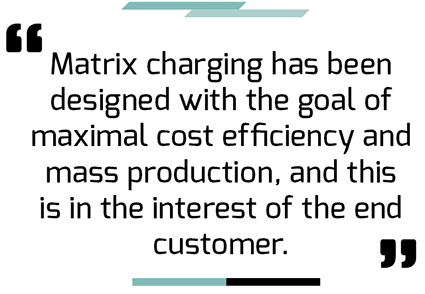
“Matrix Charging has been designed with the goal of maximal cost efficiency and mass production, and this is in the interest of the end customer,” Demuth said.
Easelink also designed Matrix Charging to be suitable for all use cases: home, workplace, and public charging. Earlier this year, the company announced a successful trial of Matrix in the workplace, having tested the system in the employee parking lot of Austrian energy supply company Energie Steiermark. Easelink is also partnering with several customers to test Matrix Charging as a solution for EV fleets. Eventually, the company hopes to offer its solution to EV owners for personal charging as well.
“The target is that the private customer will be able to choose between a wall box or Matrix Charging for the garage, and the price will be the same,” Demuth said. For EVs lacking a Matrix Connector, Easelink, together with its partners plans to enter the retrofit market for selected vehicles by 2021.
Easing into an EV future
Along with its partners, Easelink offers a functional sample of Matrix Charging technology that potential customers such as OEMs, Tier 1 suppliers, fleet operators and charging infrastructure companies can use for validation projects. Easelink is also participating in standardization activities, including the Charging Interface Initiative (CharIN), national standardization bodies and the IEC. Ultimately, the company wants to use its technology to further EV adoption and accessibility.
“The goal should be to facilitate e-mobility,” Demuth stated. “We need charging infrastructure, and in order to roll out the large-scale infrastructure, we need a cheap, simple charging unit. In my opinion, that’s not a robotic arm on every parking spot. It has to be a flat pad that is integrated into the ground and cost-efficient, easy to install, traversable, space saving and ready for outdoor use.”
This article appeared in Charged Issue 44 – July/August 2019 – Subscribe now.





